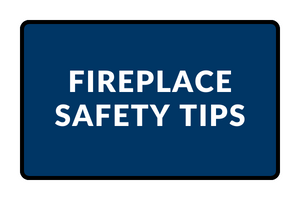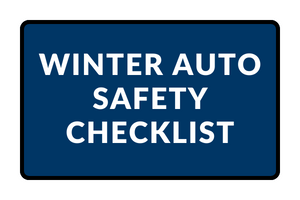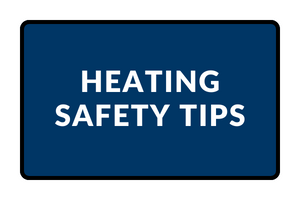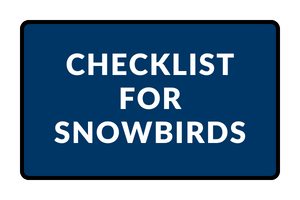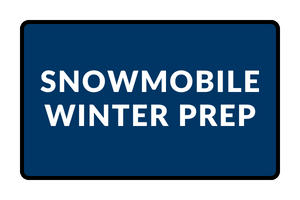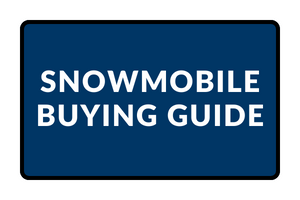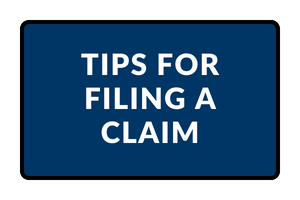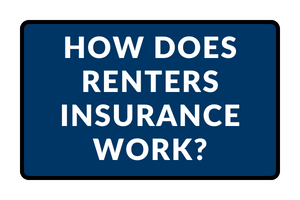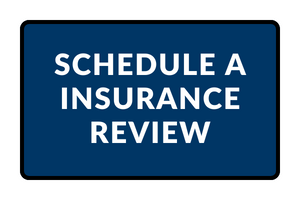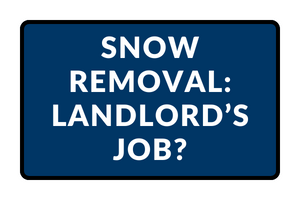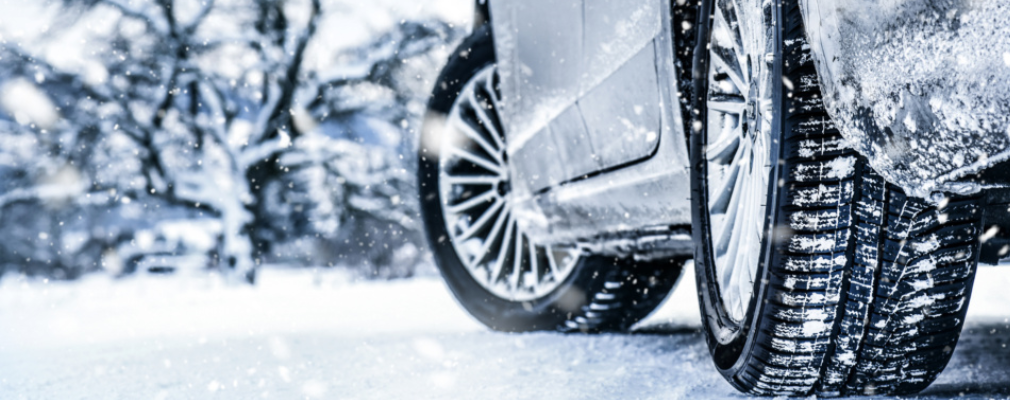
January 2024 Insurance Newsletter
Check out the articles below for helpful hints and answers to commonly asked offering invaluable tips and answers to common winter-related inquiries. From ensuring your heating systems are operating efficiently to providing guidance on snowmobile and auto safety, we’ve got you covered.
Whatever your winter concerns, our knowledgeable team is ready to provide insights and ensure you’re well-prepared for the chilly months ahead. Trust AAA to keep you informed and protected throughout the winter season.
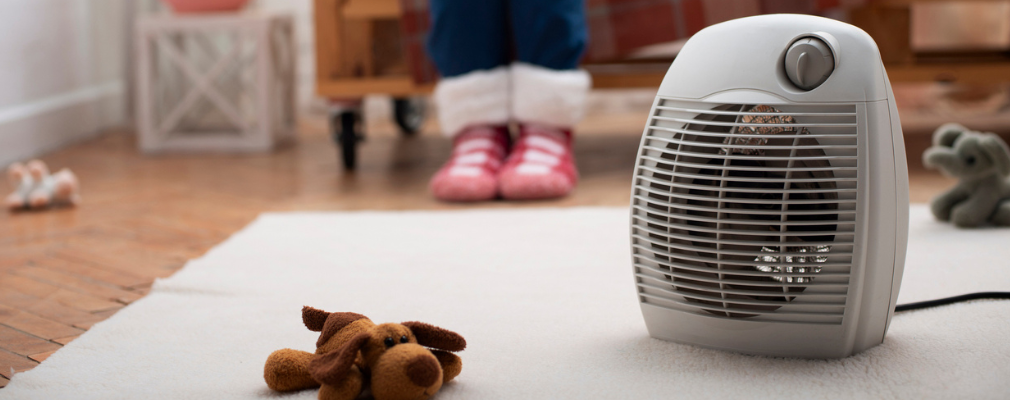
Heat Your Home Safely
1. Use the right equipment
Be aware that mobile homes require specially designed heating equipment. Only electric or vented fuel-fired heaters should be used.
2. Inspect your furnace
Check annually to ensure controls and emergency shutoffs are in proper working condition and the flue pipe and pipe seams are well supported and free of cracks.
3. Replace your filter
Replace or clean your furnace filter about four times per year. A new filter makes your furnace more energy-efficient and saves money.
4. Set up annual service
Have your furnace cleaned and checked by a professional every year. The older the furnace, the more important this service is. Newer gas furnaces are equipped with many features that shut the furnace off when a problem is detected. Older furnaces don’t have this.
5. Clear some space
Keep all potential sources of fuel such as paper, clothing, bedding, curtains or rugs at least three feet away from your furnace, space heater, stove or fireplace.
6. Check register vents
Be sure at least 80% of the registers in your home are open. If you close too many off, you may get unnecessary heat buildup in the furnace.
7. Be cautious of carbon monoxide
Virtually every gas furnace produces some carbon monoxide, but an inefficient or dirty furnace can produce deadly amounts. Carbon monoxide is an odorless, colorless gas which can cause flu-like symptoms, disorientation, confusion and even death.
8. Use safety with space heaters
If you must use a space heater, place it on a level, hard non-flammable surface at least three feet from anything that may burn. Look for models that shut off automatically if the heater falls over, and never leave them on when you’re sleeping or away.
9. Follow fuel guidelines
Make certain you follow manufacturer recommendations and use the right kind of fuel for fuel burning space heaters.
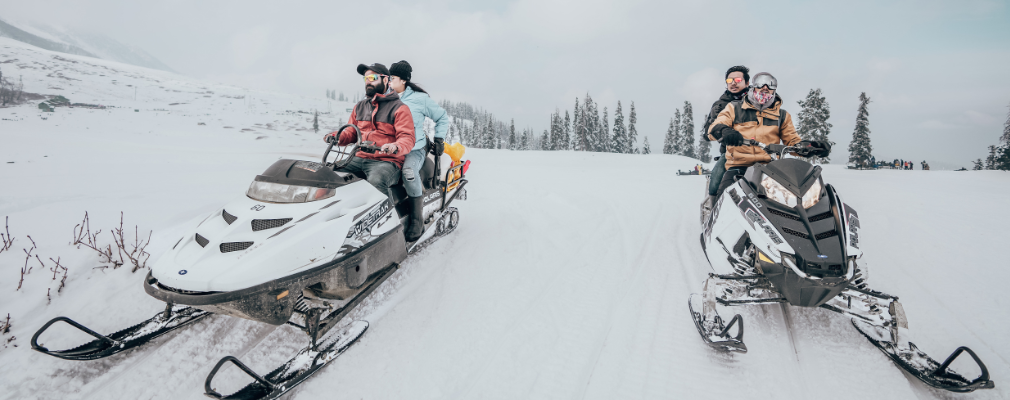
Snowmobile Buying Guide
1. Consider your skill level and goals
When shopping for your first snowmobile, buying the fastest one you can find may not be the best decision. Some snowmobiles can be easier for beginner riders to handle. Similarly, advanced riders may need more functionality than beginners. Understanding your skill level and your goals for riding is essential in the snowmobile buying process.
2. Research the market
Once you know what type of experience you’re looking for, you can start looking for models that align. Buying snowmobiles is a lot like buying cars. The plethora of options can overwhelm some people, but if you know what you want, the process can be a lot easier.
3. Set your budget
As you’re looking, the market will give you a good idea of what you’ll likely have to spend. With that information, you can set a budget. It may be wise to set a budget that’s a bit lower than what you can actually afford, so you have room to come up a bit if you absolutely need to.
4. Research multiple dealers
The dealer you shop with is very important when buying a snowmobile. Dealers that specialize in snowmobiles can be more knowledgeable than dealers that sell snowmobiles among other things. This can be important because a dealer who knows more about the product you’re buying can help you make a more informed decision.
5. Research whether an extended warranty may be right for you
You may be offered an extended warranty on your purchase. Knowing beforehand what repairs or services are typically covered by these types of products can help you make an informed decision based on your needs. As for the things that aren’t covered under warranties, snowmobile insurance may help.
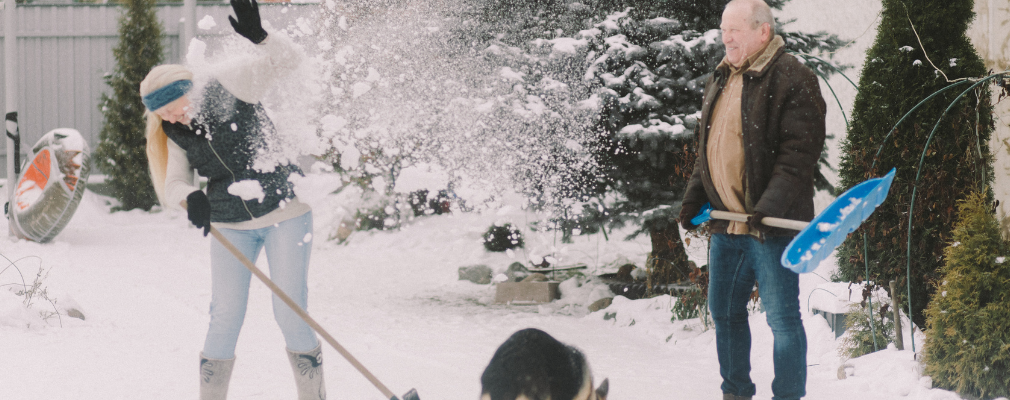
Snow Removal: Landlord's Job?
If you have a lease that doesn’t specify whether your landlord will take care of snow removal, the responsibility may fall on you. If you live in a snowy state, this is definitely something to negotiate in your lease before signing, especially if you don’t love heaving the white stuff!
Another consideration is many local city ordinances require sidewalks, streets and curbs to be clean and passable. The landlord (or tenant, depending on what the lease says) is typically required to remove snow within a certain period of time or they could face a fine. If a person with disabilities is prevented access to a certain area from snow, or worse – gets injured on the sidewalks because someone didn’t shovel – it poses an even greater and more serious problem.
Local officials often receive snow removal complaints from apartment buildings, and if the landlord and/or management doesn’t clear sidewalks or parking lots, people with disabilities may be unable to get out of their apartment. For these reasons, it’s very important to discuss who is responsible for snow removal before signing a lease! This also applies to basic maintenance for the house like mowing the lawn or raking leaves. Also, if you’re physically unable to shovel show, you should make sure the landlord documents their own responsibility for snow removal in the lease.
If you are responsible for getting rid of the snow that’s piled up outside, consider the safety tips below to avoid accidents:
- Push the snow instead of lifting it. This will put less stress on your body while you work.
- Stretch before you begin. Similar to a workout, it is important to do this to warm up your muscles before you shovel.
- Stay hydrated. When you are doing any physical labor it is important to keep your body hydrated. And take frequent breaks so you don’t exhaust yourself.
- Don’t touch any moving parts on the snow blower. This could save your hands and fingers from a very serious accident.
- Do NOT run a snow blower in an enclosed place. Just like a car, you can be at risk for carbon monoxide poisoning.
- Never leave a snow blower unattended when it is turned on. Even if you are leaving for a small amount of time, always shut it off.
And, of course – don’t forgot to bundle up before you go outside!

Check List For Snowbirds
1. Forward your mail
This is something you can do without leaving your house! Try logging on to www.USPS.com and clicking the “Track & Manage” tab. The United States Postal Service (USPS) can forward your mail for up to one year. For flyers or anything else that comes to your door, ask a neighbor or a family member to occasionally check your home for anything that accumulates on your doorstep or in your mailbox.
2. Do not turn off the heat
Set your thermostat between 55 and 60 degrees. If the house temperature is too low, your water pipes could freeze.
3. Shut off the water
Doing this minimizes the risk of a flood. Be sure to turn off any valves inside, including automatic irrigation systems. To avoid any type of water leaks, it’s always an option to have your pipes drained by a professional.
4. Prep your appliances
Depending on how long you’ll be gone, consider unplugging your refrigerator to cut down on energy costs. Be sure to clean it, throw out all of the food and leave the fridge doors open to prevent mildew. Other appliances you can unplug are your washer and dryer, microwaves and televisions.
5. Perform exterior maintenance
If you live in a snowy area, arrange for someone to plow your driveway and sidewalks to avoid any liability issues. Make sure to also clean out your gutters so water drains easily. And of course, don’t leave out any outdoor furniture or flowerpots that could blow away in the wind – put these items in storage!
6. Perform indoor maintenance
Check your smoke alarm and make sure it has brand new batteries. If you have a chimney, close the flue to keep out any unwanted visitors such as birds, bats or squirrels. Putting a guard on top of the chimney is also something to consider. To put your mind at ease, go around and do last minute checks on all of your doors and windows. This is your last opportunity to make sure all of the locks work properly.
7. Consider setting up light timers throughout the home
This will make it look like someone is home and ward off intruders. It’s also not a bad idea to close all of the drapes at every window so no one can see that you’re gone.
8. Inform neighbors that you’re leaving
It’s beneficial to have someone nearby on close watch in case they see anything suspicious around your home while you’re gone. Be sure to give them all of your contact information in case of an emergency, and let them know when you’ll be returning.
Remember, give yourself enough time to prepare and finish your checklist. There’s nothing worse than feeling like you’re forgetting something, so I hope these tips help you make your move with peace of mind. Enjoy the sun, and be safe!
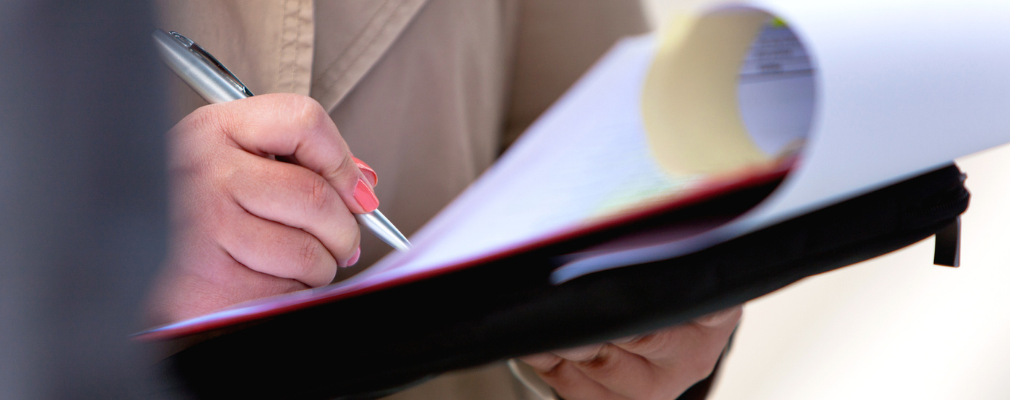
Tips For Effectively Filing Claims
While the claims process isn’t something many eagerly look forward to, there are definitely ways you can make it a less stressful experience. To help you successfully navigate the process, here are several tips for effectively and efficiently filing claims.
1. Keep an inventory of all your insured possessions
Be proactive! If you keep a written document of your possessions, it can help make the claims process much easier if you experience a loss. Go from room to room and record each item and its value to prepare an inventory. An easy way to do this is to take photos or videos of each room and all of the contents in the rooms. Consider keeping receipts with the purchase date and original cost for your records too, in case of total loss. Your inventory list should be consistently updated, which can be done easily if you record new items shortly after purchasing them. Pro Tip: Your inventory should be easily accessible. It is a good idea to keep a couple copies of your inventory at different locations, with one location being off-premises in case of a total loss, like a fire.
2. Reach out to your agent first
In the event of a potential claim, it’s best to contact your agent directly instead of the broader insurance provider. Your agent will be able to explain your options and advise on whether filing a claim is in your best interest. In some cases, your agent may even file the claim for you.
3. Report your loss promptly
Always file your claim as soon as you possibly can. Of course, theft losses should be reported to the police first, and in other situations of danger and urgency, safety takes priority. But once it’s safe and reasonable to do so, you should contact your insurance agent. This is important because your policy might require you to make the notification within a certain amount of time. Not filing a claim within the time required in your policy may lead to a denial of the claim or may result in the claims process taking longer.
4. Be prepared with the right information
When you file your claim or make follow-up calls regarding the process, be sure to have the right information so your conversation is easier and more effective. Have your inventory list and the details of your loss, and keep the following information handy for your claims representative:
- The customer’s name and address
- The policy number
- The date the loss happened
- A description of what happened
- A preferred telephone number for future contact
5. Provide complete, correct information
Explain the situation accurately without downplaying or exaggerating your loss. Incorrect or incomplete information may cause complications and delays in processing the claim. Additionally, materially misrepresenting the facts of your loss may result in a loss of coverage.
6. Record important details from all correspondence
While going through the claims process, be sure to write down important information from your phone conversations and in-person meetings with claims representatives and other contacts. This should include the time and date, as well as the name and title of the person you spoke with. This will help you stay organized and create records that may come in handy later.
7. Make appropriate emergency repairs
If you’re dealing with property damage it may be necessary to make immediate emergency repairs to prevent additional damages, such as calling a plumber to repair a broken pipe. Your policy might cover the costs of these emergency repairs, so be sure to inquire about them when filing the claim. It is also important to take photos or even videos before making the repairs, and save the receipts from all of the work that is done.
8. Ask questions
Don’t be afraid to ask your claims representative for more information or clarification. The process will go much more smoothly if you are both on the same page and fully understand each other. For example, if there is a disagreement about the coverage of the claim, ask for the specific language in the policy that is in question to find out if it is a matter of differing interpretations.
Overall, it’s important to have patience because every insurance claim is different! Some may be completed quickly, while others may take a few weeks or even months to be resolved. You never know when problems will arise, but these tips can help you to effectively address the situations and smoothly navigate the claims process.


